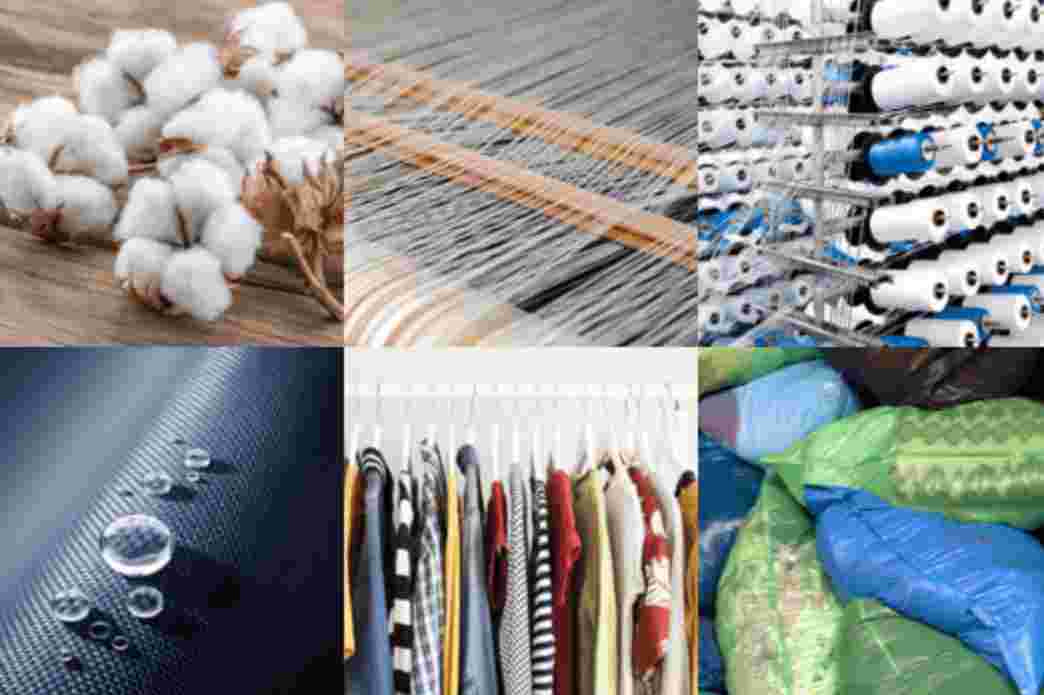In the evolving world of fashion printing, the choice of fabric has become more than just a technical decision—it’s also a statement of values. Designers, brands, and customers are increasingly weighing the environmental and ethical implications of their material choices.
For businesses and independent creators, choosing the right fabric is not just about performance—it’s about connecting with your audience. That’s why brands are turning to custom print tees to engage with customers, using the type of fabric as part of their storytelling and marketing strategy.
Let’s compare organic and conventional fabrics, exploring how they perform in printing, how they impact the environment, and what they mean for brand identity.
Understanding Organic vs. Conventional Fabrics
Organic Fabrics
Organic fabrics, like organic cotton, are produced without synthetic pesticides, herbicides, or genetically modified seeds. They are often grown with more sustainable farming methods that reduce environmental harm.
Conventional Fabrics
Conventional fabrics, while more widely available, are grown or manufactured using standard industrial practices that can involve higher chemical usage, synthetic additives, and more resource-intensive processing.
Printing Performance: Organic vs. Conventional
Organic Fabrics in Printing
-
Advantages: Organic cotton absorbs ink exceptionally well, producing vibrant and detailed prints.
-
Considerations: The fibers may have slight variations due to less intensive processing, but this often adds character to the final print.
Conventional Fabrics in Printing
-
Advantages: Highly consistent quality and surface smoothness, which can result in very sharp prints.
-
Considerations: Heavier chemical treatments may slightly affect ink bonding over time if not pre-treated correctly.
Both types of fabrics can work well for screen printing, direct-to-garment (DTG), or heat transfer methods when properly prepared.
Environmental Impact
Organic Fabrics
-
Use significantly less water than conventional cotton farming.
-
Avoid harmful pesticides, making them safer for workers and ecosystems.
-
Often come with certifications (GOTS, OEKO-TEX) that validate sustainability claims.
Conventional Fabrics
-
Higher yield per acre but with more chemical inputs.
-
Can have a greater environmental footprint due to water use and pesticide runoff.
-
Lower cost can make them more accessible for budget-conscious production.
Consumer Perception and Brand Value
In today’s market, sustainability matters.
-
Organic fabrics appeal to eco-conscious customers willing to pay more for ethical products.
-
Conventional fabrics remain popular for brands focusing on affordability and mass-market appeal.
Choosing organic fabrics can boost brand credibility, especially for small businesses aiming to differentiate themselves in a crowded market.
Cost Considerations
-
Organic fabrics: Higher cost due to more sustainable farming and lower production volumes.
-
Conventional fabrics: Lower cost, higher availability, and larger production runs.
Brands must weigh the cost difference against potential pricing strategies and target market preferences.
Final Thoughts: Choosing What’s Right for Your Brand
Both organic and conventional fabrics can deliver excellent printing results when handled properly. The choice often comes down to brand identity, target audience, and long-term goals.
If your customers value sustainability and are willing to invest in eco-friendly fashion, organic fabrics can help align your products with their values. If your focus is on affordability and accessibility, conventional fabrics may make more sense.
By understanding these differences—and leveraging strategies like custom print tees to engage with customers—you can make informed fabric choices that strengthen both your products and your brand story.




